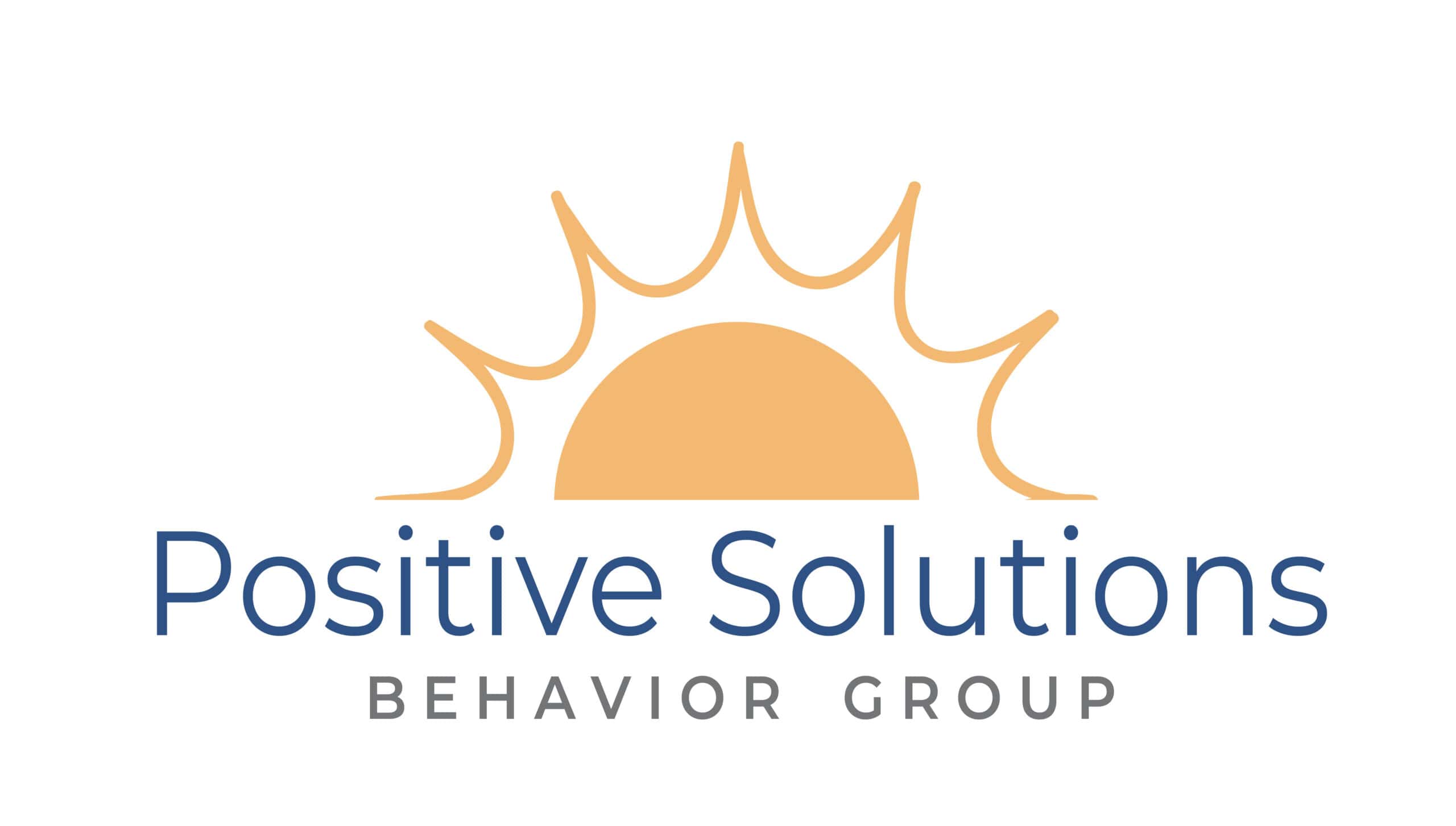Applied Behavior Analysis (ABA) therapy has gained significant attention for its effectiveness in addressing behavioral challenges and developmental disorders, particularly autism spectrum disorder (ASD). Within the realm of ABA therapy, various techniques are employed to foster positive behavioral changes and enhance overall quality of life for individuals receiving treatment. These techniques are carefully tailored to meet the unique needs of each person, taking into account their strengths, challenges, and developmental stage. In this article, we delve into the diverse array of techniques utilized in ABA therapy. From discrete trial training to pivotal response training, each technique offers a distinct approach to behavior modification and skill development. By understanding the principles and applications of these techniques, we gain insight into the comprehensive nature of ABA therapy and its profound impact on individuals with ASD and other developmental disabilities. Join us as we explore the intricacies of ABA therapy and its role in promoting meaningful progress and empowerment for those it serves.
Mastering Skills Through Task Analysis in ABA Therapy
Task analysis is a foundational technique in Applied Behavior Analysis (ABA) therapy, providing a systematic approach to breaking down complex skills into manageable steps. Whether it’s learning to tie shoelaces or mastering a new language, task analysis allows individuals with developmental disabilities to acquire skills incrementally, fostering independence and success. In this blog post, we’ll explore the principles of task analysis and how it’s applied in ABA therapy to facilitate skill acquisition.

Identifying Target Skills
Before conducting a task analysis, therapists identify the specific skills they want to teach. These skills can range from basic self-care tasks like brushing teeth to more complex academic skills like solving math problems. By clearly defining the target skills, therapists can tailor the task analysis to meet the individual needs of their clients.
Breaking Down Steps
Once the target skills are identified, therapists break down the task into individual steps. For example, if the skill is making a sandwich, the steps may include gathering ingredients, spreading condiments, and assembling the sandwich. Each step is broken down into its simplest form to ensure clarity and comprehension.
Sequencing Steps
After breaking down the task, therapists sequence the steps in a logical order. This sequential arrangement helps individuals understand the flow of the task and ensures that each step builds upon the previous one. Sequencing is crucial for promoting successful skill acquisition and minimizing confusion.
Providing Visual Supports
Visual supports, such as written instructions or picture schedules, are often used alongside task analysis to enhance understanding. These supports provide individuals with a visual representation of the steps involved in the task, making it easier for them to follow along and complete each step independently.
Teaching Each Step
Once the task analysis is complete, therapists teach each step to the individual using a variety of teaching methods, including modeling, prompting, and reinforcement. Repetition and practice are key components of this process, allowing individuals to solidify their understanding of each step before moving on to the next.
Mastering Prompting and Prompt Fading in ABA Therapy
Prompting and prompt fading are vital techniques used in Applied Behavior Analysis (ABA) therapy to facilitate skill acquisition in individuals with developmental disabilities. Prompting involves providing cues or assistance to guide individuals in completing tasks, while prompt fading gradually reduces the level of support to promote independence. In this blog post, we’ll explore the key points of prompting and prompt fading and their significance in promoting learning and autonomy.
- Types of Prompting: Prompting can take various forms, including verbal prompts, gestural prompts, visual prompts, and physical prompts. Each type of prompt is selected based on the individual’s needs and learning preferences.
- Individualized Approach: Prompting techniques are tailored to the unique abilities and challenges of each individual. Therapists assess the individual’s current skill level and determine the most effective prompting strategy to support learning.
- Gradual Reduction of Prompts: Prompt fading involves systematically reducing the intensity or frequency of prompts over time. This gradual reduction encourages independence and ensures that individuals rely less on external cues as they master the skill.
- Importance of Prompt Fading: Prompt fading is essential for promoting skill generalization and maintenance. By fading prompts, individuals learn to apply their skills in different contexts and settings, leading to greater independence and autonomy.
Unveiling the Power of Applied Verbal Behavior (AVB) in ABA Therapy
Applied Verbal Behavior (AVB) stands as a cornerstone of Applied Behavior Analysis (ABA) therapy, specifically focusing on teaching language and communication skills through functional and socially relevant interactions. For individuals with autism spectrum disorder (ASD) or other developmental disabilities, communication can be a significant challenge. AVB offers a structured approach to address these challenges, emphasizing the importance of motivation, reinforcement, and individualized instruction. In this blog post, we’ll delve into the principles and techniques of AVB and explore how it’s utilized to enhance communication skills and foster meaningful connections.
Functional Communication Skills
One of the primary goals of AVB is to equip individuals with functional communication skills that enable them to express their needs, desires, and preferences effectively. This may include teaching basic requests, such as asking for food or assistance, as well as more complex forms of communication, such as expressing emotions or opinions.
Individualized Instruction
AVB recognizes that every individual has unique strengths, challenges, and learning styles. As such, instruction is tailored to meet the specific needs of each learner. This may involve conducting assessments to identify areas of strength and areas needing improvement, as well as adapting teaching strategies to maximize learning outcomes.
Motivation and Reinforcement
Central to AVB is the concept of motivation and reinforcement. Learning is most effective when individuals are motivated to engage in the learning process and receive reinforcement for their efforts. Therapists utilize a variety of reinforcers, such as praise, preferred items, or access to preferred activities, to encourage active participation and engagement.
Functional Language
AVB places a strong emphasis on teaching language that serves a functional purpose in the individual’s daily life. This may include teaching communication skills related to daily routines, social interactions, academic tasks, and vocational activities. By focusing on functional language, individuals are better equipped to navigate various environments and engage in meaningful interactions.
Naturalistic Teaching Strategies
Incorporating naturalistic teaching strategies, such as incidental teaching and mand-model procedures, AVB creates opportunities for learning within the individual’s natural environment. By embedding language instruction into everyday activities and interactions, individuals have more opportunities to practice and generalize their communication skills.
Conclusion
ABA therapy is a highly effective and evidence-based approach to helping individuals with autism and other developmental disorders. By understanding the different techniques used in ABA therapy, parents and caregivers can better support their loved ones and help them achieve their full potential. At Positive Solutions Behavior Group LLC, we are committed to providing personalized and comprehensive ABA therapy services to help our clients thrive.
If you’re interested in learning more about ABA therapy and how it can benefit your loved one, please don’t hesitate to contact us. Our team of experienced professionals is here to answer your questions and provide guidance on how to get started. Call us at 859-282-0400.





